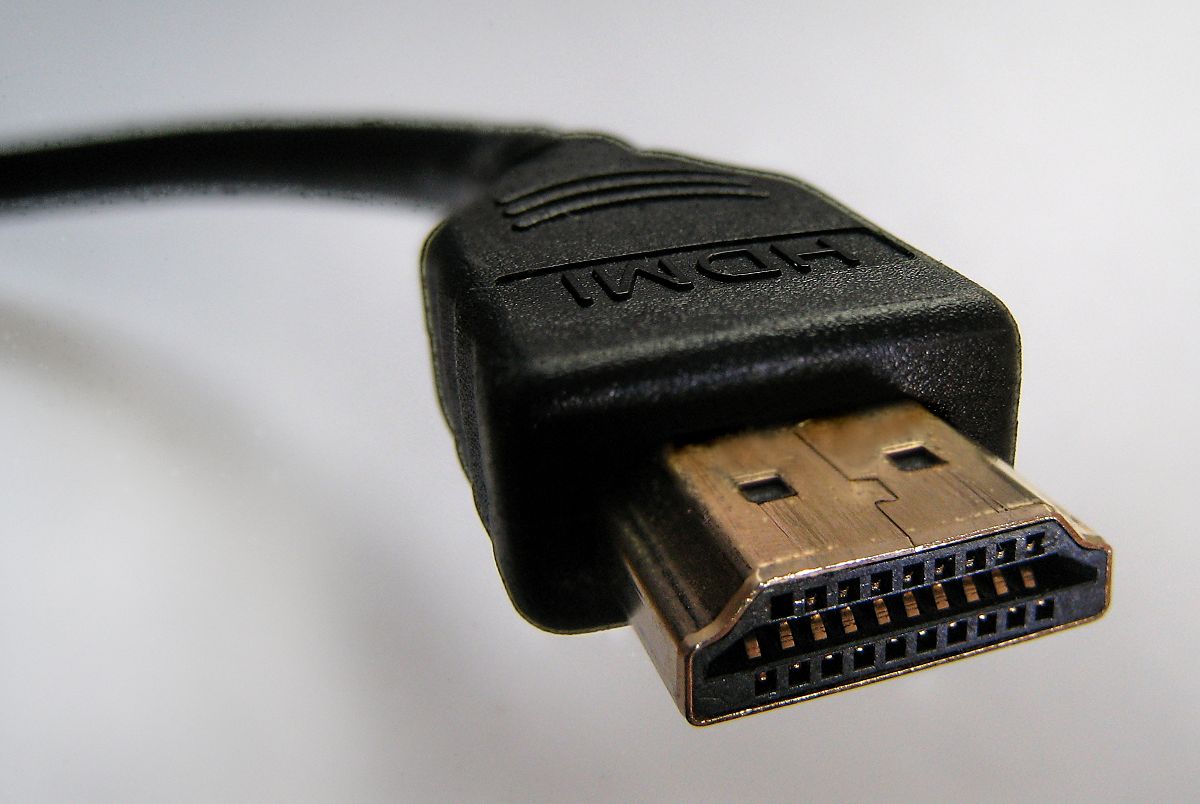Originally posted by leipero
View Post
Even high refresh rate CRTs caused eye strain in typical office environments because you have fluorescent lights that strobe at 60 Hz. Then with the CRT you get a strobe at a frequency beat between the CRT and the lights.

 .
.

Comment